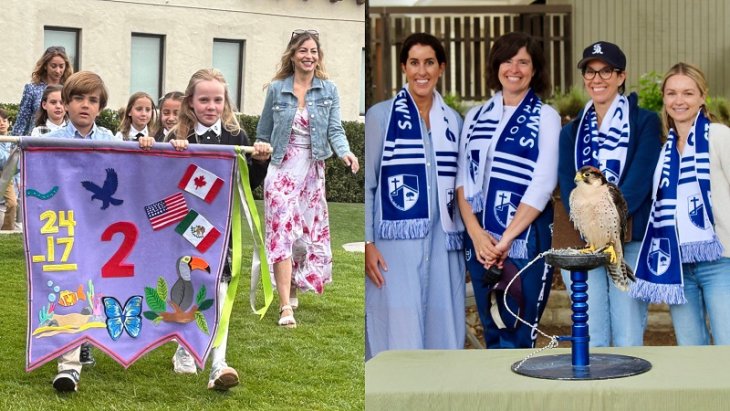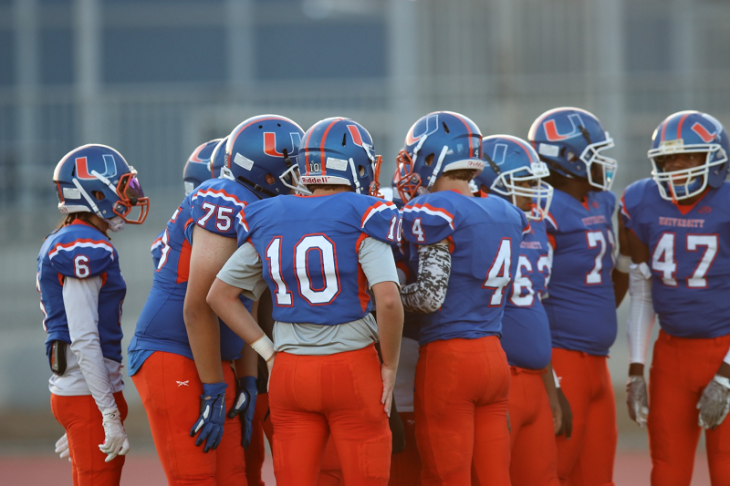Cedars-Sinai announced Thursday its regenerative medicine investigators have received approval from the U.S. Food and Drug Administration to test a combination stem cell-gene therapy they developed to stall the progression of Lou Gehrig’s disease.
The approval allows patients to receive a new investigational drug in a few months when the study begins at the Cedar-Sinai Board of Governors Regenerative Medicine Institute.
This will be the first clinical trial to test the safety of this type of therapy, developed with the intention of preserving leg mobility in patients with Lou Gehrig’s disease, also called amyotrophic lateral sclerosis, which attacks motor neurons, cells that control muscles.
Enrollment could begin by the end of this year.
There is no effective treatment for the disease, only medications to alleviate symptoms, such as muscle spasms, or mechanical devices to help patients breathe. As a result, this clinical trial is seen by many as significant.
“Any time you’re trying to treat an incurable disease, it is a long shot, but we believe the rationale behind our new approach is strong,” said Clive Svendsen, director of the Cedars-Sinai Board of Governors Regenerative Medicine Institute, who has spent a dozen years developing the new approach.
The new approach, funded by the California Institute for Regenerative Medicine and outlined in a 4,600-page application to the FDA, involves engineering stem cells to produce an important protein — glial cell line derived neurotrophic factor. The stem cells producing GDNF then can protect the motor neurons that allow impulses to pass from the brain or spinal cord to a muscle.
When a healthy person wants to move a leg, for example, the brain sends a signal along that pathway to the motor neuron that enables the movement. Patients with ALS develop progressive paralysis as the disease causes motor neurons to die.
Motor neurons that die in ALS don’t exist in a vacuum — they have support cells called glia that enable the motor neurons to live and operate,” said Svendsen, the Kerry and Simone Vickar Family Foundation Distinguished Chair in Regenerative Medicine.
“What we and others have found in ALS is that the support cells become sick and lack certain proteins that keep motor neurons alive. When the support cells die, the motor neurons also die, causing paralysis that gets worse and worse until the patient can no longer move.”
Svendsen and his team reasoned that if they could keep motor neurons alive by providing the supporting glial cells that make the necessary protein, then perhaps they could improve leg mobility.
Their theory spurred the team to develop this combined stem cell and gene therapy approach. The stem cells engineered to produce GDNF are replicated until billions of cells are formed.
When the protein-enhanced stem cells are infused into the patient’s spinal cord, they generate glial support cells that produce GDNF. The hope is that these support cells will, in turn, keep the motor neurons alive.
“This is a highly innovative approach to a disease that has mystified medicine for generations,” said Dr. Shlomo Melmed, Cedars-Sinai executive vice president for Academic Affairs, dean of the medical faculty and the Helene A. and Philip E. Hixon Distinguished Chair in Investigative Medicine.
The combination of cutting-edge stem cell science, developing a new device to inject the cells, our outstanding research laboratories and the direct involvement of neuroscientists, neurosurgeons and neurologists made this CIRM-funded project possible.”
The stem cell implantations for ALS patients involved in the clinical trial could begin by the end of the year, Svendsen said.
Participants will come from the ALS Clinic at Cedars-Sinai, and the trial will be led by Dr. Robert Baloh and Peggy Allred. The neurosurgical team will be led by Dr. J. Patrick Johnson.
Patients eligible to be considered for the trial must be experiencing ALS-caused weakness in their legs. Cell implantations will take place during a five-hour surgical procedure in which a neurosurgeon will remove a piece of bone in the lumbar region of the patient’s lower back.
Using an investigational device developed specifically for this trial, the surgeon will inject the stem cells directly into the patient’s spinal cord in a section that governs movement on only one side of the body.
Neither the patients nor the physicians caring for the patients will know which side has received the stem cells.
“We will follow the patients for a year and measure the strength in each leg,” Svendsen said.
“In ALS, usually the legs lose strength at the same time. This is a small safety trial to ensure the cells releasing GDNF do not have any negative effects on leg function. If safe, we plan a larger future trial to see if this therapy can improve strength in the treated leg.”
Patients seeking information about potentially participating in the clinical trial should call (310) 423-1791.
The research leading to the clinical trial has been funded by a $16.8 million grant from the California Institute for Regenerative Medicine.






















